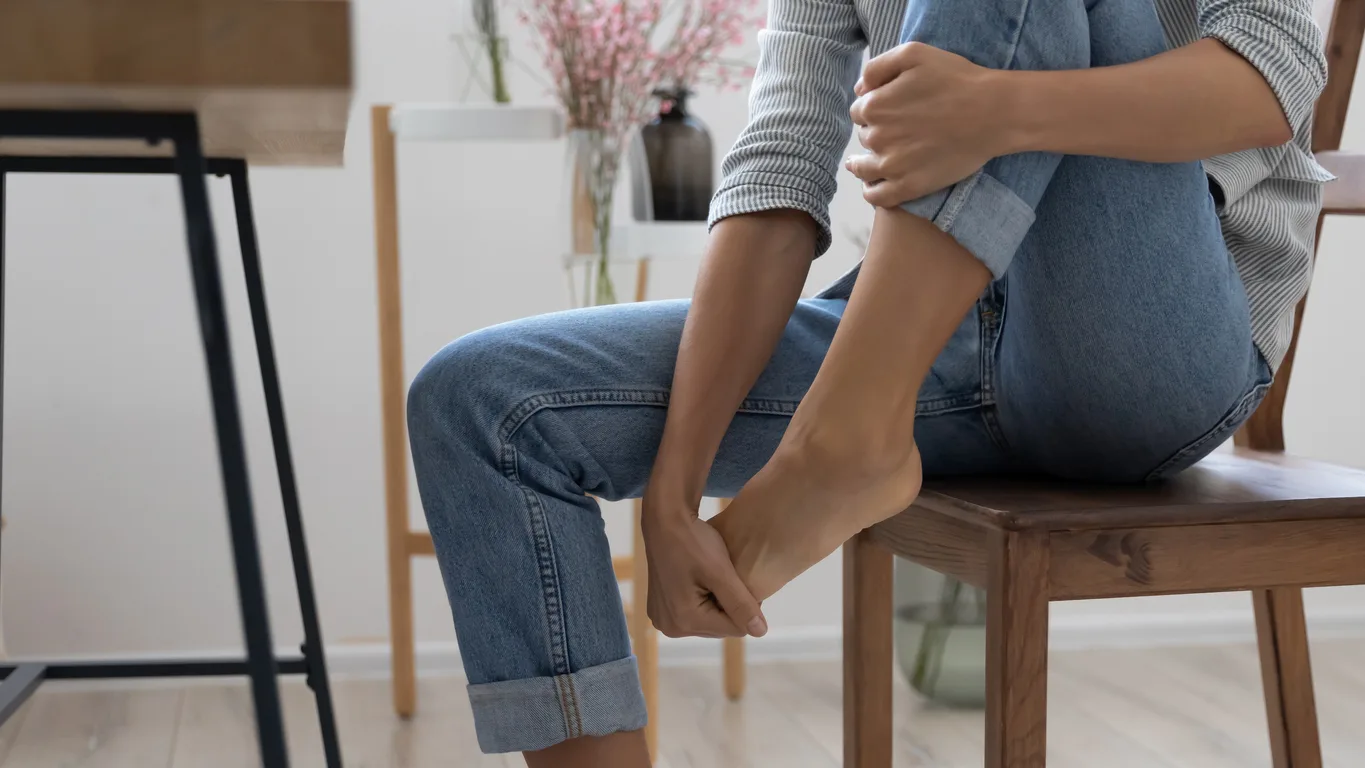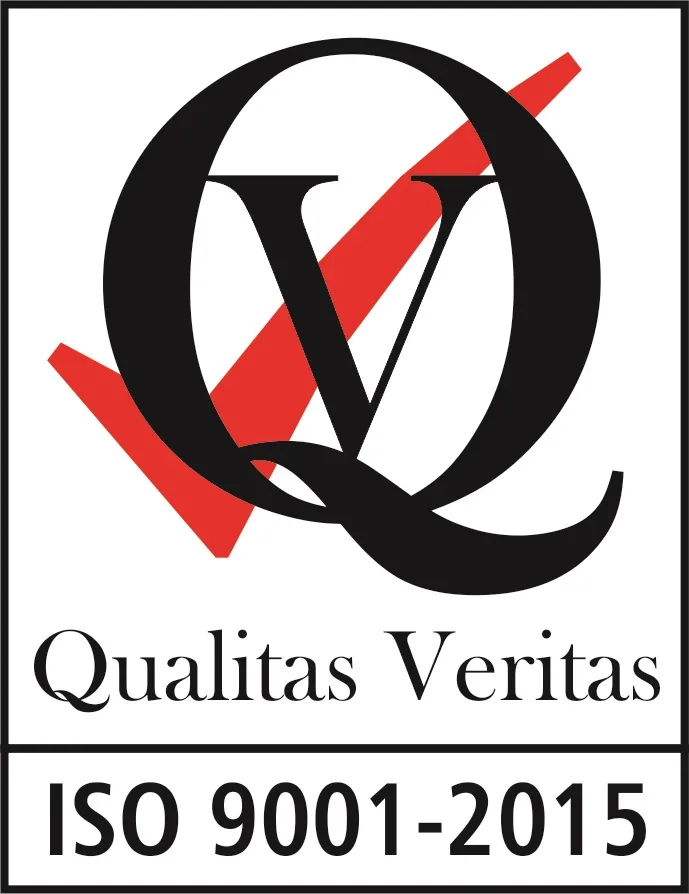
Soft tissue refers to any of the connective tissues that surround the bones and joints in our bodies. The term ‘soft tissue injury’ therefore covers damage to any of the muscles, tendons or ligaments of the body. Injuries can range from commonly seen mild sprains or strains to tendon rupture.
It is important that soft tissue injuries are cared for in a timely manner in order to limit further tissue damage and ensure optimal recovery time. The best way to start on track to the earliest recovery, is to start early management of the injury. Early management of soft tissue injury is outlined below. If in doubt as to whether there has been damage to more than soft tissue structures, make an appointment with your doctor/A and E to rule out any bony injury.
A number of simple steps known as the P.R.I.C.E regimen will start you on the road to recovery following soft tissue injury. Remember the first 72hours of caring for an acute (rapid, new onset) injury are key to getting back to pre injury levels ASAP.
Protect-Do not aggravate the injury. This means not playing on if your injury occurs during a match/training as this will likely worsen the injury.
Rest-Allow the injured area to rest. This ensures no further increased blood flow to the area and therefore helps to control any excessive inflammation.
Ice-Apply ice to the area to decrease pain and control inflammation. Put ice in a damp towel/pillowcase (this prevents skin burns and conducts the cold through the skin easier) and apply to the injured area for 10mins every hour, for the first 72 hours post injury. Do not apply the ice for longer than 10 mins, or more frequently than every hour.
Compression-Apply a gentle compressive source to the area in order to limit excessive bleeding and support the injured area. The easiest way to do this is to apply a compression bandage (eg Tubigrip). Remember this is for day time use only and should NOT be worn at night.
Elevation-Elevate the injured are. Again this aims to control any excessive inflammation and to help drain the excess swelling back into the blood system. Elevating the injured area is ineffective unless the area is raised above the level of the heart. Therefore, lying down will most likely be necessary in order to elevate an injured knee/ankle above the heart.
Things to avoid:
Alcohol-This increases swelling and should be avoided while the injury is acute.
Heat-Often patients are inclined to reach for the heat pack when an injury occurs-if the area is inflamed ice will assist in controlling the inflammation as it constricts the blood vessels. Heat dilates the blood vessels and therefore will increase bleeding and inflammation in the damaged area. So avoid saunas, hot baths and Jacuzzis-use ice instead.
Aggravating activities-It is important that further injury to the area is avoided. Continuing to work through the pain will only lengthen your recovery and potentially worsen your injury. Do not be tempted to continue to train/play through injury. Resting the area and avoiding aggravating activities will lead to a faster recovery.
Having followed the P.R.I.C.E steps you have given yourself the best start to recovery. Making an appointment with a physiotherapist may be necessary if your injury still has not resolved. Your physiotherapist will assess the injury and offer you advice on how to continue to care for the area. Depending on the type of injury and its stage of recovery, your physiotherapist will use a variety of methods to get you back to pre injury levels. Treatment may range from soft tissue work, joint mobilisations, helping you to stretch/strengthen certain muscles, proprioceptive re-education (link here?) to using therapeutic modalities (again link here??) to decrease pain and swelling.
Your treatment will vary depending upon the type of your injury, your presentation and the stage of recovery you are in when you present to physiotherapy. However, whatever the treatment your initial management of the injury will be key to a quick recovery-so get yourself off to the best start and follow the PRICE steps outlined above!










